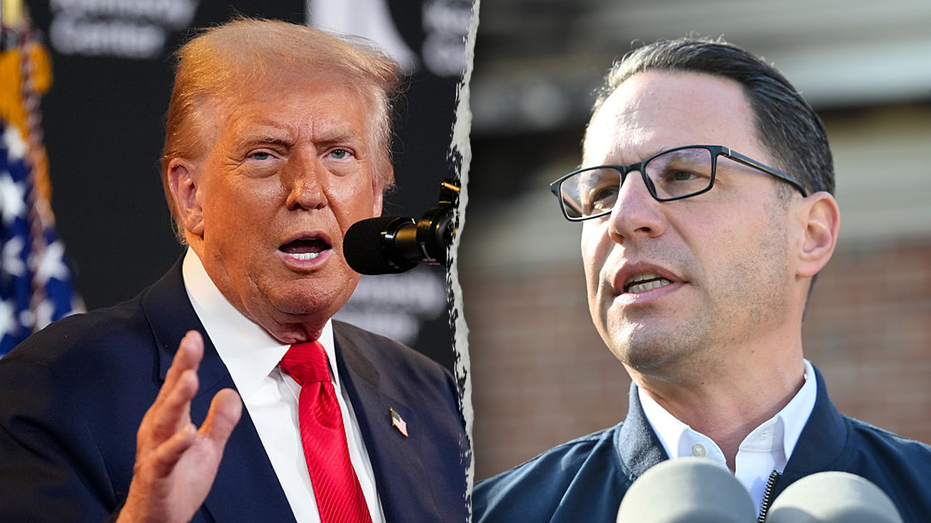Donald Trump has always been drawn to the art of the deal, and few nations have proven as eager a partner as Saudi Arabia. This week, Crown Prince Mohammed bin Salman announced a staggering $1 trillion investment plan for the United States, a figure quickly embraced by Trump as proof of his successful foreign policy and a surging American economy.
However, a closer look reveals a complex reality beneath the headline. Experts caution that much of this promised investment remains theoretical, and the actual flow of capital could stretch out over many years. The sheer scale of the number invites skepticism.
The term “investment” itself is open to interpretation. Much of the pledged funds aren’t necessarily long-term capital ventures, but rather large purchases – aircraft, military hardware, and even essential components like computer chips. Determining the true accuracy of these figures, and the timeframe for their realization, is a significant challenge.
Some analysts suggest the announcement is a reflection of Saudi Arabia’s own financial pressures. Plummeting oil prices, far below the $100-a-barrel mark they require, are forcing a reevaluation of ambitious, high-profile projects like The Line and NEOM.
The Line, a proposed car-free city stretching 105 miles, and NEOM, a $500 billion futuristic mega-development, are cornerstones of the Crown Prince’s “Vision 2030” – a plan to diversify the kingdom’s economy away from its reliance on oil. Scaling back these projects could necessitate seeking external investment.
Despite these short-term strains, others believe a $1 trillion investment is plausible over an extended period. Saudi Arabia’s vast oil wealth and long-term economic goals provide the potential for substantial investment in the U.S. economy.
The specifics of this investment remain largely undefined. The White House has yet to detail which sectors would benefit or when the funds might begin to arrive. It could take many forms, potentially including infrastructure projects and investments in industries like petrochemicals.
A successful influx of capital would undoubtedly benefit the American taxpayer, expanding the tax base and potentially reducing the individual tax burden. However, the most significant returns are likely to unfold over years, extending far beyond the current presidential administration.
The immediate impact may be a boost to market confidence, as investment announcements often buoy stock prices based on anticipated future earnings. But the true measure of this deal’s success will be its long-term effects on the U.S. economy and the enduring strength of the U.S.-Saudi relationship.
For now, the pledge reinforces Trump’s economic narrative, but it also establishes a crucial, long-term test for both nations. The ultimate impact of this ambitious plan remains to be seen, a story that will unfold over years to come.






